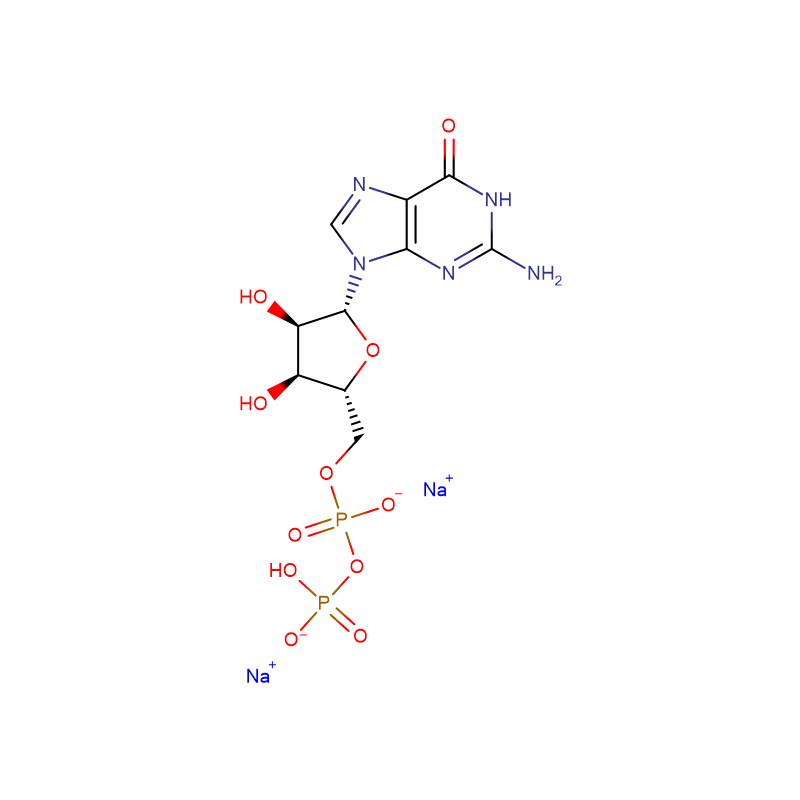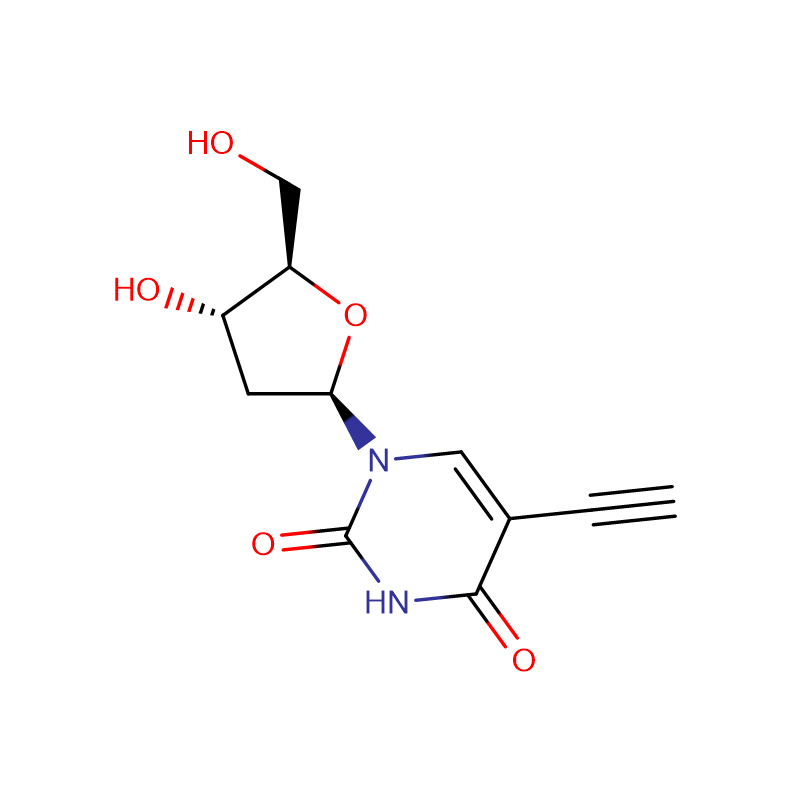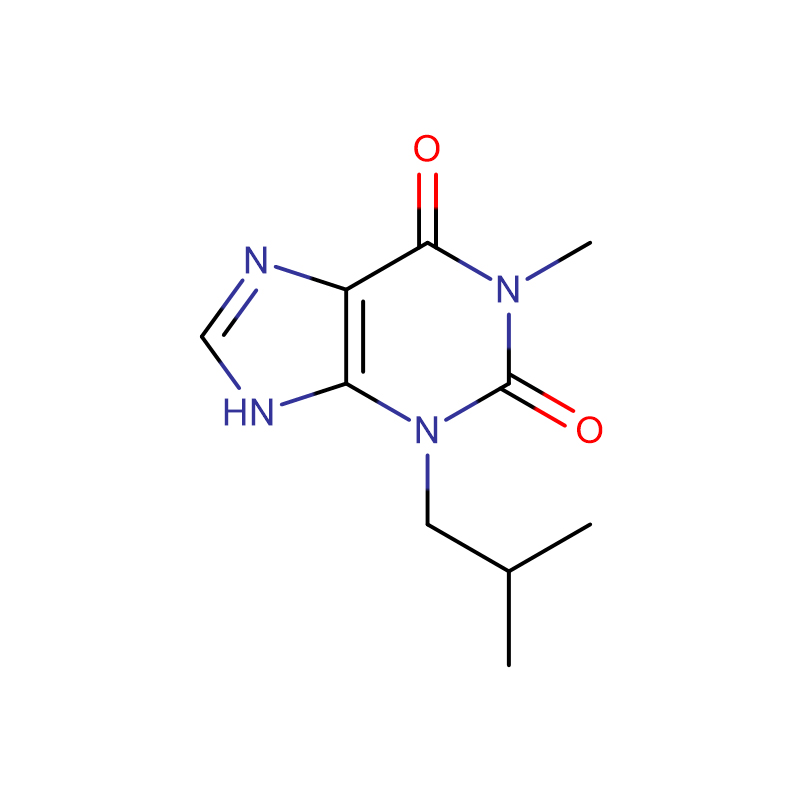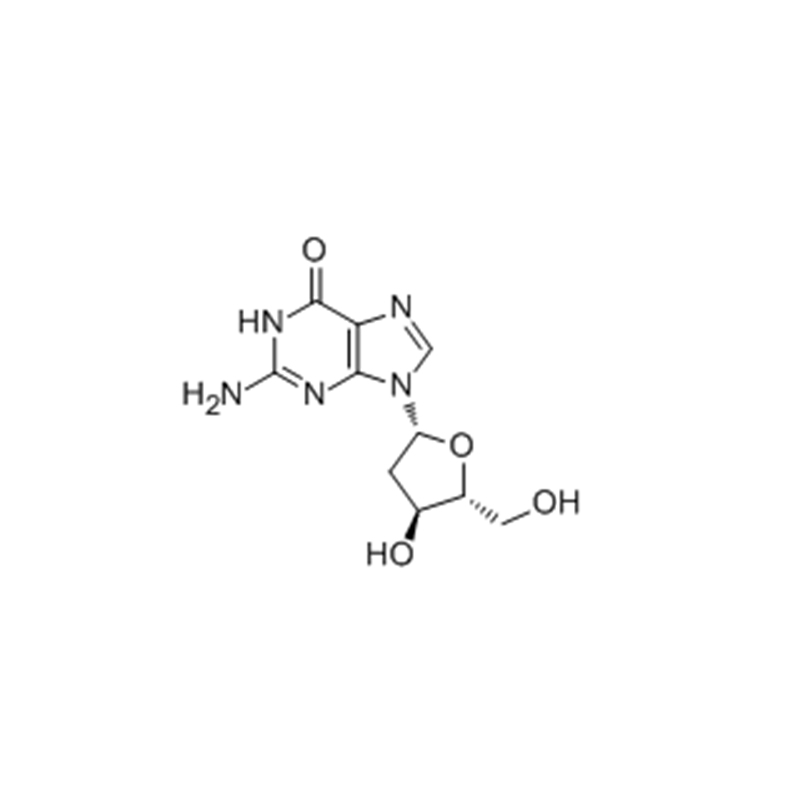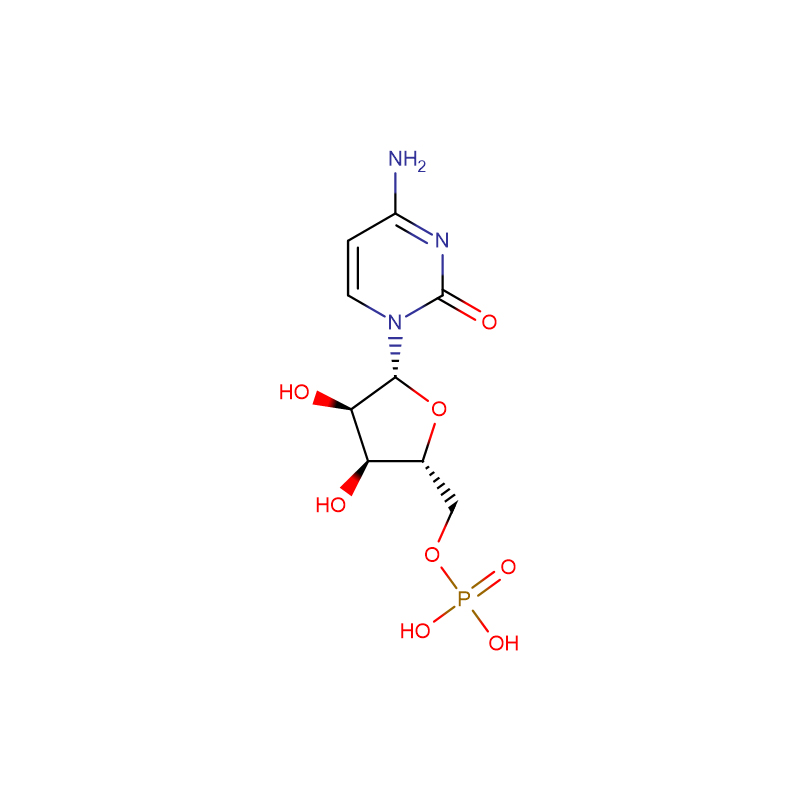Guanosine-5′-diphosphate, disodium salt Cas:7415-69-2 White powder 98%
| Catalog Number | XD90756 |
| Product Name | Guanosine-5'-diphosphate, disodium salt |
|
CAS |
7415-69-2 |
|
Molecular Formula |
C10H13N5Na2O11P2 |
|
Molecular Weight |
487.16 |
| Storage Details | -15 to -20 °C |
| Harmonized Tariff Code | 29349990 |
Product Specification
| Appearance | White powder |
| Assay | >99% |
| Water | <10% |
RasGrf1 and RasGrf2 are highly homologous mammalian guanine nucleotide exchange factors which are able to activate specific Ras or Rho GTPases. The RasGrf genes are preferentially expressed in the central nervous system, although specific expression of either locus may also occur elsewhere. RasGrf1 is a paternally-expressed, imprinted gene that is expressed only after birth. In contrast, RasGrf2 is not imprinted and shows a wider expression pattern. A variety of isoforms for both genes are also detectable in different cellular contexts. The RasGrf proteins exhibit modular structures composed by multiple domains including CDC25H and DHPH motifs responsible for promoting GDP/GTP exchange, respectively, on Ras or Rho GTPase targets. The various domains are essential to define their intrinsic exchanger activity and to modulate the specificity of their functional activity so as to connect different upstream signals to various downstream targets and cellular responses. Despite their homology, RasGrf1 and RasGrf2 display differing target specificities and non overlapping functional roles in a variety of signaling contexts related to cell growth and differentiation as well as neuronal excitability and response or synaptic plasticity. Whereas both RasGrfs are activatable by glutamate receptors, G-protein-coupled receptors or changes in intracellular calcium concentration, only RasGrf1 is reported to be activated by LPA, cAMP, or agonist-activated Trk and cannabinoid receptors. Analysis of various knockout mice strains has uncovered a specific functional contribution of RasGrf1 in processes of memory and learning, photoreception, control of post-natal growth and body size and pancreatic β-cell function and glucose homeostasis. For RasGrf2, specific roles in lymphocyte proliferation, T-cell signaling responses and lymphomagenesis have been described.


